Coronavirus: While choirs sing and families gather to grieve, the virus will have a ball
‘Superspreading’ events — usually indoor activities where people spend extended time together — could be behind up to 80 per cent of COVID-19 cases.
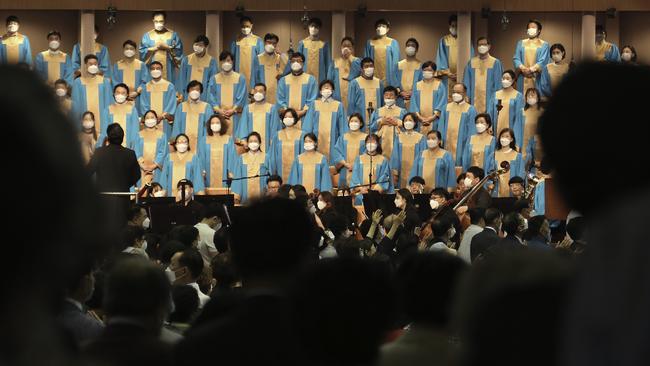
For five weeks he thought he was James Bond fighting off terrorists to save the country. In fact he was on a ventilator and in a coma battling to survive the coronavirus. When criminal lawyer Mohammed Hussain finally came round in Bradford Royal Infirmary in Britain this month, he said: “I thought it was a setup and the people around me were pretending to be nurses and doctors who I needed to escape from.”
Laughing, he added: “It was as if I’d been in a parallel universe. I’d got married again to a younger wife and was doing all these Bond-like things. My youngest son had been stabbed and his dog attacked. As soon as I got a phone, I called my eldest son and told him, ‘You need to come and get me before these guys try something’.”
Such delirium is common among patients in intensive care, though few survive when they were as ill as Hussain, who spent more than seven weeks in hospital, with his wife and five children warned to expect the worst. A popular man who even had nuns in North Yorkshire and the local Jewish community praying for him, as well as his mosque, he made a recovery that friends say was “nothing short of a miracle”. Hospital staff lined up to applaud his departure.
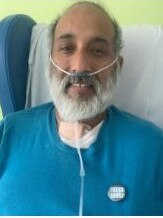
Now back home in the Yorkshire countryside with little more than a painful right shoulder and shortness of breath, he has discovered other family members were not so lucky. His uncle, Mohammed Sabir, admitted to the same hospital on the same day, died two days later, and two of his mother’s cousins in Oldham also died. At least 12 relatives had been in hospital and dozens ill.
Like him, they had all attended the funeral of his father, Noor Hussain, at Bradford Grand Mosque on March 10, almost two weeks before the lockdown.
His father, who had come to Bradford from Pakistan in the 1960s to work in the mills, was in his nineties when he died. His family was well respected in the community and more than 500 people attended the funeral prayers that day, as well as more than 100 for a meal two days later. “I’m sure that’s where I was infected,” said Hussain.
It is a view shared by his son Haroon, a radiologist. “We can’t say 100 per cent, as no one was being tested, but it seems too much of a coincidence that so many people from one gathering ended up positive or with symptoms,” he said.
Professor John Wright, a doctor and epidemiologist who heads the Bradford Institute for Health Research, said: “We have seen other patients who became ill after funerals and family gatherings in this same period, just before the lockdown. It’s the close physical contact — hugging and shaking hands — that seems to create such a high rate of transmission.”
Had there been a contact-tracing system then, as is finally starting in Britain, the spread might have been contained, though the service relies on people agreeing to self-isolate for 14 days once they are warned of exposure to an infected person.
Noor’s funeral may have been one of the “superspreading” events an analysis by the London School of Hygiene & Tropical Medicine found could be behind up to 80 per cent of cases, whether because of individuals or settings.
“It’s really tricky to untangle whether it’s certain individuals who for some reason are more predisposed to spread, or certain types of events or activities, but we are increasingly seeing a pattern that certain settings lead to large clusters of the disease,” said Sebastian Funk, director of the LSHTM’s centre for the mathematical modelling of infectious diseases, who worked on the report.
“Certain types of events or activities where people are spending extended time together indoors seem to spread the disease.”
He also cited the examples of a choir in Washington state where 87 per cent of the singers were infected after a rehearsal and two died, as well as a call centre in South Korea where almost half the employees on one floor contracted the virus.
“If you can identify certain types of activity — is it something about people breathing a different way, so spending two hours together playing violins is less risky than singing? — this has important implications for control strategy.”
Though the main form of transmission is thought to be via droplets from coughing and sneezing, it can also be spread by much smaller particles called aerosols that can linger longer in the air.
A report by the US Centres for Disease Control and Prevention about the Skagit Valley Chorale ensemble in Washington state suggested singing might help spread the virus.
“The act of singing, itself, might have contributed to transmission through emission of aerosols, which is affected by loudness of vocalisation,” it said.
However, Funk warns, such patterns are based on limited data because of lack of testing and it might just be that those events are easy to identify. “Someone might be spreading the virus to lots of people in a park and people just don’t know about it,” he said.
Pointing out that contact tracing works only if you can act quickly because people start transmitting before showing symptoms, he suggests what might be more useful is gathering data on what he calls “high-risk settings”. “This is almost opposite to contact tracing; rather looking back from someone with the disease to try to understand where they became infected,” he said.
In Hussain’s case there were other possibilities. The day after the funeral, he flew to Pakistan with his wife to fulfil his father’s last wish to be buried next to his brother in Azad Kashmir.
He returned home to find his two sons ill with symptoms of COVID-19. Their 24-year-old cousin, who had also been at funeral, had been admitted to the intensive care unit.
“A couple of days later I started feeling unwell. My sons had said you get bad then recover, but I got worse,” says Hussain.
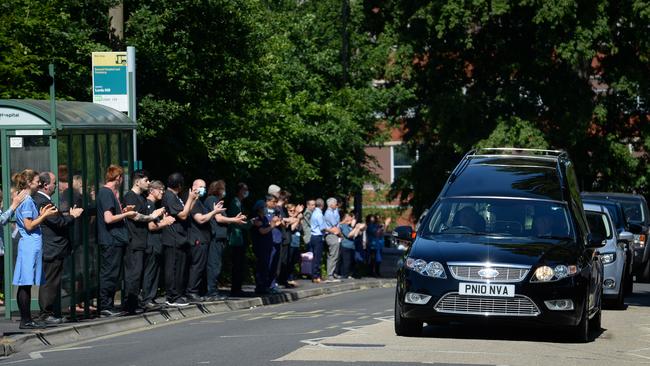
Eventually, after a week, his son Haroon called an ambulance. They found his oxygen levels were 70 per cent instead of the usual 95 per cent to 100 per cent.
“In the waiting room, I saw my uncle also in an oxygen mask, and we raised our hands and thumbs up to each other. He’d been at the funeral,” Hussain says.
Hussain was initially put on a CPap breathing device, which he says “felt like running a non-stop marathon”. After a few days he was transferred to intensive care and attached to a ventilator.
He was, he says, extremely fit. “I might have been 51 but I felt 21. I walked a lot in the Dales, I’d done the Three Peaks (a challenge involving the highest summits in the Yorkshire Dales national park).
“My father was a man who never gave up and people say I take after him — after I got out I had so many messages saying, ‘We knew you’d make it because you’re a stubborn bugger.’”
Now he feels the British government should have been more proactive earlier. “There we were all gathering and shaking hands at the funeral while other countries like Italy were already completely locked down. I’m sure it was already in the community.
“We had this window of time while Italy was so bad and we just watched like rabbits frozen in headlights.”
Hussain’s experience has made him rethink his life.
“I think that of 46 on the ventilator ward, I was just one of three who survived. It was a wake-up call. I was a real criminal hack. My life had been rushing round from court to court. Difficult people wanted me to represent them.”
He cannot praise medical staff enough. “They looked after me as if they were my own children. I promised if I recovered I will do the Coast to Coast [a 292km walk] next year to raise money for them.”
The Sunday Times



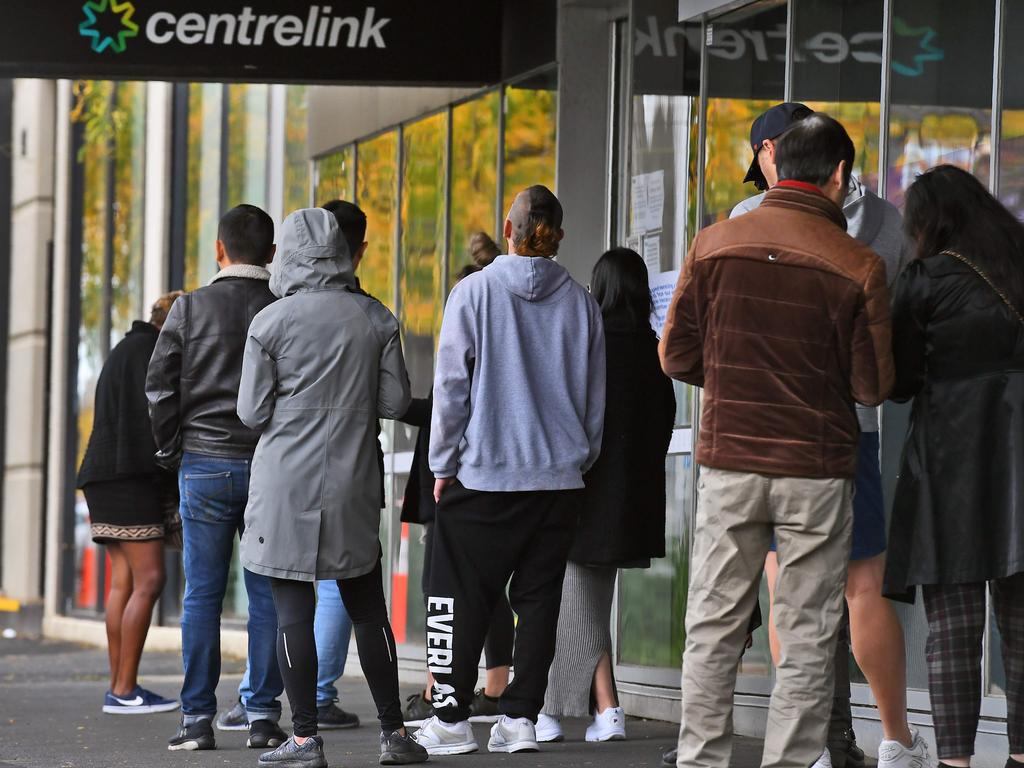
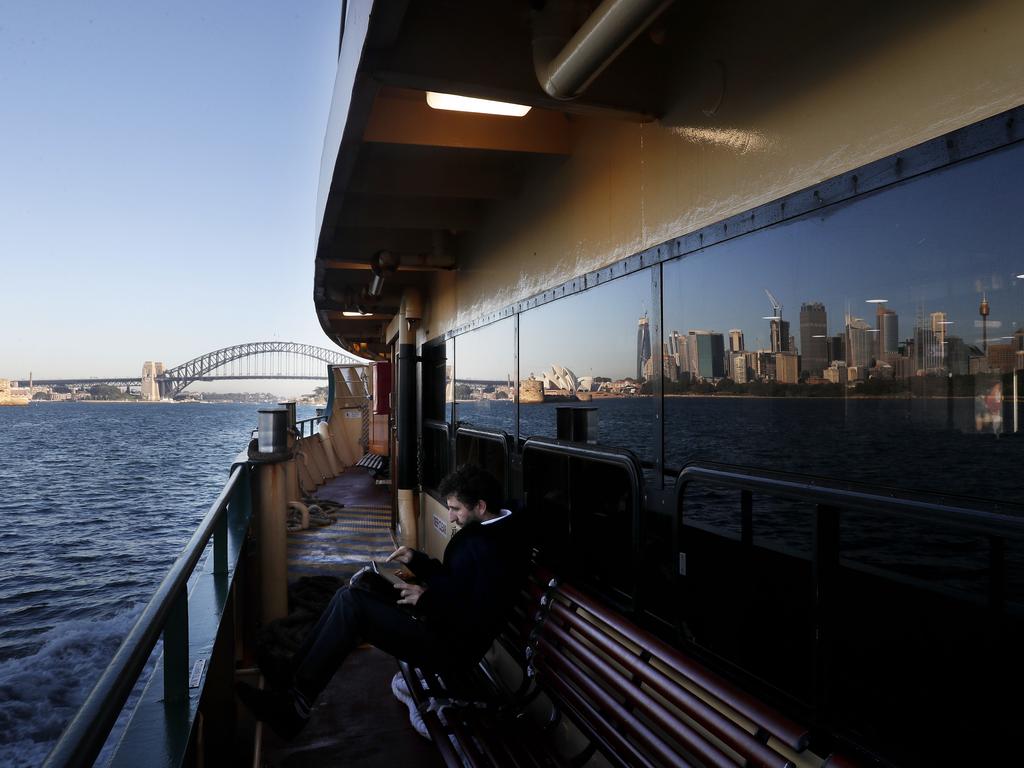


To join the conversation, please log in. Don't have an account? Register
Join the conversation, you are commenting as Logout